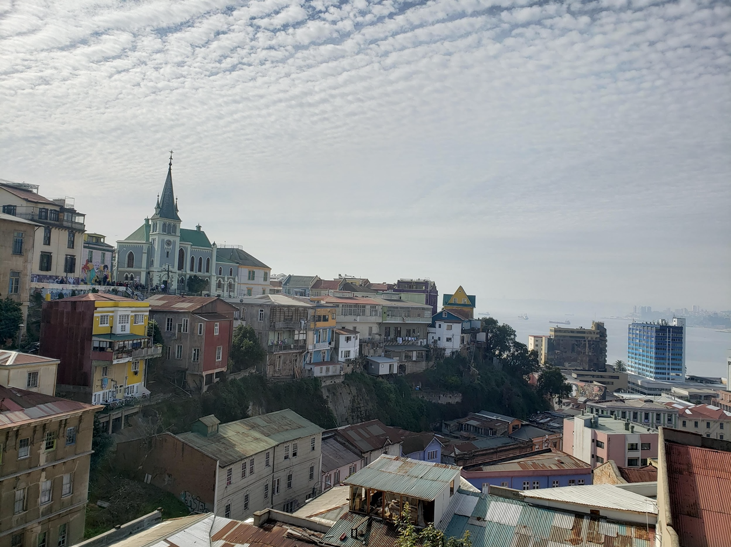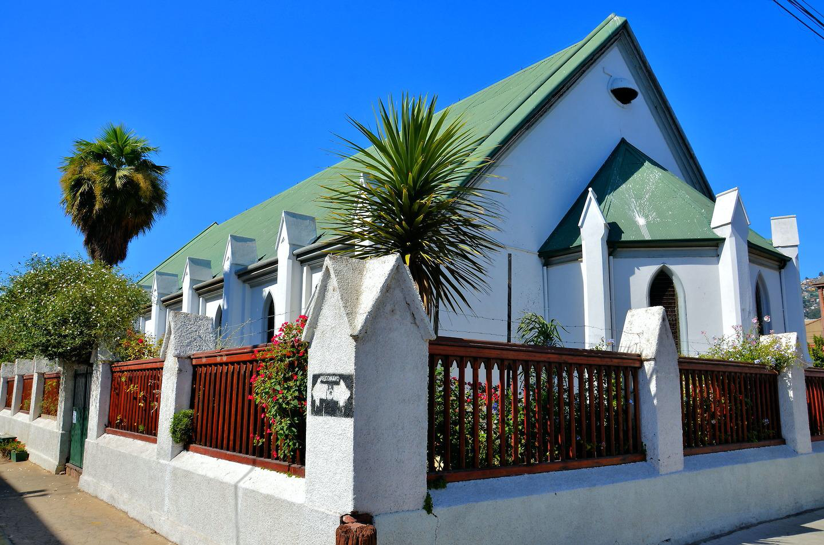
Chile in the 19th Century had a large diaspora of British people. A scholarly article “El Legado de William Henry Lloyd: Neogótico y Modernización en Valparaíso (William Henry Lloyd’s Legacy: Gothic and Modernization in Valparaiso)” by Michelle Prain Brice was an example of a British engineer living and working in Chile. From Lloyd’s career in Chile, Prain showed large British economical and cultural influence during the 19th Century. This article contributed to the Anglo Chilean Studies which is underrepresented in Modern Latin American History with specific examples of British economic and cultural influence.
Prain first provided a macro historical context with secondary sources such as Anglo Chilean academic articles to show the reason for British diaspora. During the 19th Century, many countries realized the importance of establishing global trade relations and building basic infrastures to modernize their countries. Great Britain was the country in the world that “could provide the expertise and the capital to construct railways” as Dougherty presented in his lecture (149). Therefore, many British engineers were contracted with different projects around the world. Chile was one of those countries that hired many British engineers to develop their infrastructures. Lloyd was in charge of the railroad between Valparaiso and Santiago, which facilitated transportation between these two major cities. British engineers like Lloyd were highly respected by the Chilean government. For example, a Chilean politician Vicuña McKenna complimented British engineers in one of the inaugurations, “the union is the power…foreign science combined with national-industrial capital” (150). British influence was portrayed with positive impacts to the country. Engineers like Lloyd were regarded as “agents that modernized” Chile. However, this article ignored the imperialistic economic policy. Majority of Chilean infrastructures were developed by British companies and engineers. Even though the British government did not interfere with Chilean politics, British private investments dominated the country economically. This economic domination to an extent continued the colonial structure, as Chile still lived under foreign development.

More British immigrants arrived in Chile as a result of Chilean government support in immigration, foreign trades and investments. Valparaiso was a main city for British settlement. Prain used St. Paul’s Anglican Church in Cerro Concepción, Valparaiso as a primary source to show British immigrants maintaining their religious beliefs and tradition. Lloyd was the engineer for this Anglican church construction project in 1857. Lloyd wrote in his memoir in 1900, “it was in Early English style, with a lofty hammer-beam roof, and was a unique example of a roof without a tie-beam in the country.” Prain used the Anglican church as an example of British community solidarity, as they kept practicing their religion and implementing their architectural styles. Waisberg described the Gothic architecture of the Anglican church as a “nostalgic movement…manifested in new works” (154). This ancient architecture in Valparaiso is considered as a transformation of ideas from Europe to Americas in this article. At the same time, Prain argued that British immigration to Chile was an example of early globalization and transculturation during the 19th Century.
References:
Prain Brice, Michelle. “El Legado William Henry Lloyd Neogótico y Modernización en Valparaíso” in El Neogótico en la Arquitectura Americana: Historia, restauración, reinterpretaciones y reflexiones, edited by Martín M. Checa-Artasu & Olimpia Niglio. (Ermes. Servizi: 2016), 145-156.
